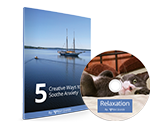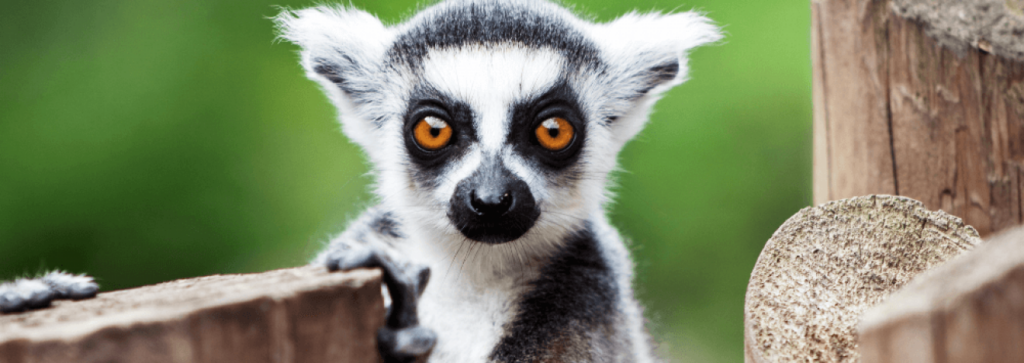We all have one, a Central Autonomic Nervous System. We don’t think about it, we don’t have to do anything for it to work, it does everything on its own, and without it, we could not survive.
The Autonomic Nervous System (ANS) never stops doing its job. Put simply, it’s part of our early “let’s survive” reptilian brain that keeps base functions functioning like breathing, balance, and heart rate (called reptilian because reptiles have this too).
The ANS is also in cahoots with the limbic area of the brain where we record positive and negative memories (emotions). Here is where we can unconsciously hold value judgments that influence our behaviors.
The oldest part of the ANS is the Parasympathetic branch, developed about 500 million years ago to help us stay safe. For instance, if we were being attacked and feared death or dismemberment, our bodies would freeze in our tracks or collapse and play “possum” becoming unappealing prey to the hunter.
Fight or Flee.
As the ANS developed, about 400 million years ago a new branch developed, the Sympathetic nervous system. Now, if we are in danger the Fight response comes online. We had a choice. When in danger we could fight or flee in order to survive.
More recently, a mere 200 million years ago, our Vagus developed and plays a large role in the development of civilization and socialization. This long wandering nerve travels along the spine and interfaces with the ANS.
You see, the Sympathetic and Parasympathetic branches are survival modes. The Vagus nerve, when not over or under activated (as in a Sympathetic or Parasympathetic response) lets us experience a sense of calm, an optimal zone, a Ventral Vagal mode. This is when the Sympathetic and Parasympathetic systems are not overly aroused or in conflict with each other. Here, a sense of safety is found through communication and being with another. It’s where insight, creativity, and communication are found, nurtured and appreciated.
This nerve senses when it is okay to come out and play and is supported by feelings of safety. When our Ventral Vagal mode is “online” we feel comfortable, socially connected, and engaged. Here we feel calm, communicative, and able to process information and our environment in real time. Not over or under activated. We feel present, alert, and often curious.
Where does the Freeze happen?
It’s when both branches of your ANS, Sympathetic and Parasympathetic, activate at the same time. For example, what if a huge boulder is tumbling down the mountain at breakneck speed and you are 10 feet away. It’s too much, too soon, and too fast (trauma). Your heart rate skyrockets (sympathetic) and you are overwhelmed with despair (parasympathetic) at the same time. No time to think or react, you cannot speak or move. Fight or Flight is not an option. You freeze.
Knowing more about how our nervous system works can be calming in itself. Like going to the dentist, one of the most unsettling things is you can’t see what is going on, even though you definitely feel and hear something happening to you. Side note, my new dentist has a mirror angled in front of my open mouth, so I can look, if I want to. Big difference!
Warmly,

LCSW-R, LCAT, EMDR, SEP
Feeling Anxious? Need Help Relaxing?
Sign up now to receive a FREE 5 Step guide to soothe anxiety and a guided audio track.

I am a Licensed Clinical Social Worker and Creative Arts Psychotherapist with almost 20 years of experience working with individuals, couples, and families. I specialize in using creativity to help people heal from traumatic events.
Arts and healing are my lifelong passions. I studied and exhibited art in California, Greece, and New York. Teaching art in Athens, Greece, whetted my appetite to connect and work with people from different cultures and walks of life. When I returned to the United States, I decided to study art and psychotherapy.
Mari Grande is a Licensed Clinical Social Worker and a Creative Arts Psychotherapist in New York, New Jersey, California, and Florida with 20+ years of experience working with individuals and groups. She specializes in using creativity to help people heal from traumatic events.
- Mari Grandehttps://marigrande.com/author/admin/
- Mari Grandehttps://marigrande.com/author/admin/
- Mari Grandehttps://marigrande.com/author/admin/
- Mari Grandehttps://marigrande.com/author/admin/




